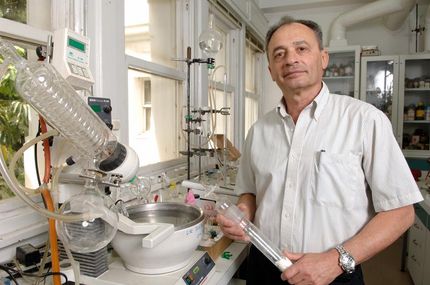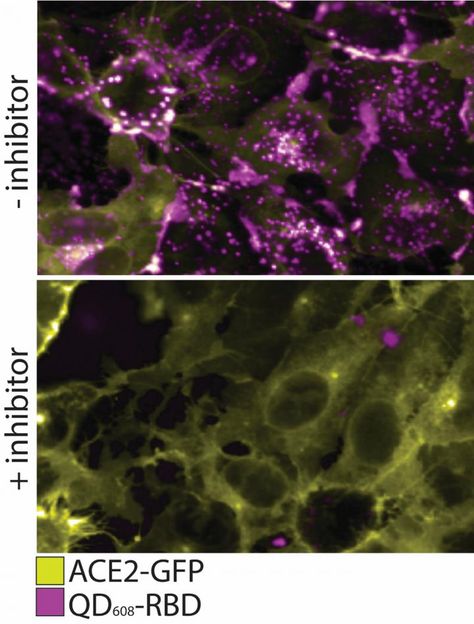World's best synchrotron radiation source accelerates its first beam
Clear the ring for PETRA III
DESY's new synchrotron radiation source PETRA III accelerated its first beam. The positron bunches were injected and stored in the 2.3-kilometre accelerator for the first time. During future user operation, up to 960 particle bunches containing up to 10 billions of positrons - antiparticles to electrons - will circle the storage ring around the clock at almost the speed of light, emitting a unique light for science. The start of operation concludes the two-year upgrade which converted the storage ring PETRA into a top-class X-ray radiation source.
"With PETRA III, DESY is commissioning another X-ray light source for research, a facility without comparison worldwide," said Professor Helmut Dosch, Chair of the DESY Board of Directors. "With this lightsource we will offer the most brilliant synchrotron radiation to our users, setting new standards in photon science." As the most powerful lightsource of its kind, PETRA III will offer excellent research possibilities, in particular to those researchers who investigate very small samples or those who require tightly focused and very short-wavelength X-rays for their experiments.
"Our DESY team has shown that even today it is possible to complete a complex project like the PETRA III upgrade within the determined time frame and budget - even in today's times," DESY Research Director for Photon Science, Professor Edgar Weckert, beamed. The 225-million-Euro remodelling was largely funded by the Federal Ministry of Education and Research (BMBF), the City of Hamburg and the Helmholtz Association. The accelerator was originally built for particle physics. The gluon, a carrier particle for one of the four fundamental forces in our world, the strong force, was discovered at PETRA. More recently, PETRA was used as a preaccelerator for DESY's successful particle accelerator HERA. In less than two years, PETRA was completely refurbished and modernised. All magnets that keep the accelerated particles on their path have been equipped with new solenoids. Moreover, the whole vacuum system, the complete monitor and control technology as well as power and cooling water supplies have been replaced. A 300-metre-long experimental hall was built over one eight of the PETRA ring, housing 14 synchrotron beamlines and up to 30 experimental stations. To ensure that the high-precision measuring equipment in the experiments is not affected by vibration, the experiments will be installed on the largest monolithic concrete slab in the world.
After the stable storage of the particle beam achieved today, the accelerator will be set up for the production of the most wanted synchrotron radiation in the coming weeks. The undulators - special magnets producing synchrotron radiation - will be positioned close to the particle beam, making the positrons follow a zigzag course to make them emit synchrotron radiation. At the same time, the mounting of the 14 beamlines, to be used by user scientists for their experiments, continues in the experiment hall. A first test run with synchrotron radiation is planned this summer; regular user operation of the third generation synchrotron radiation source will start in 2010.
Most read news
Topics
Organizations
Other news from the department science

Get the analytics and lab tech industry in your inbox
By submitting this form you agree that LUMITOS AG will send you the newsletter(s) selected above by email. Your data will not be passed on to third parties. Your data will be stored and processed in accordance with our data protection regulations. LUMITOS may contact you by email for the purpose of advertising or market and opinion surveys. You can revoke your consent at any time without giving reasons to LUMITOS AG, Ernst-Augustin-Str. 2, 12489 Berlin, Germany or by e-mail at revoke@lumitos.com with effect for the future. In addition, each email contains a link to unsubscribe from the corresponding newsletter.

























































